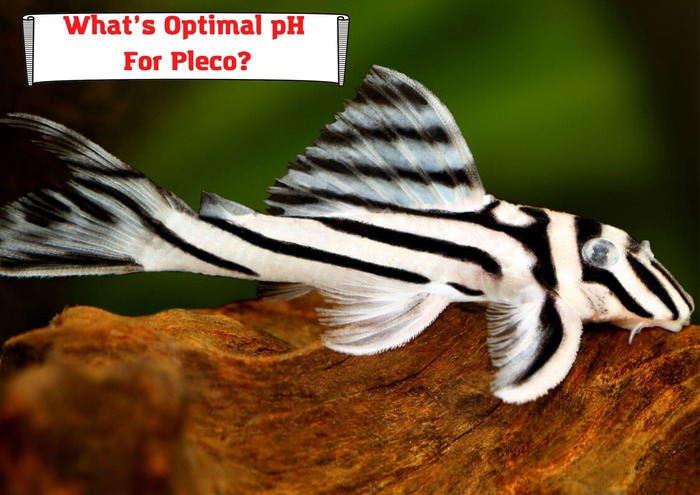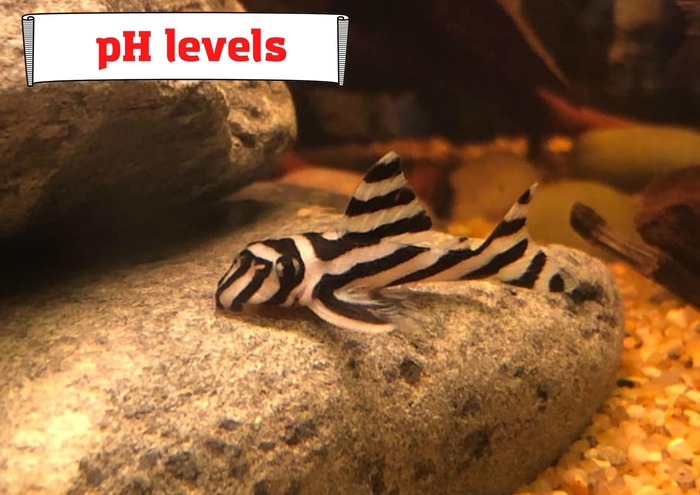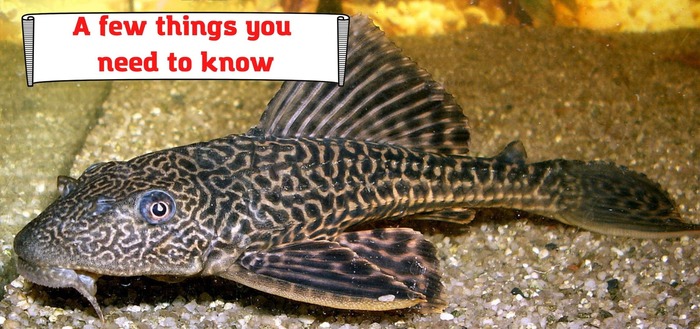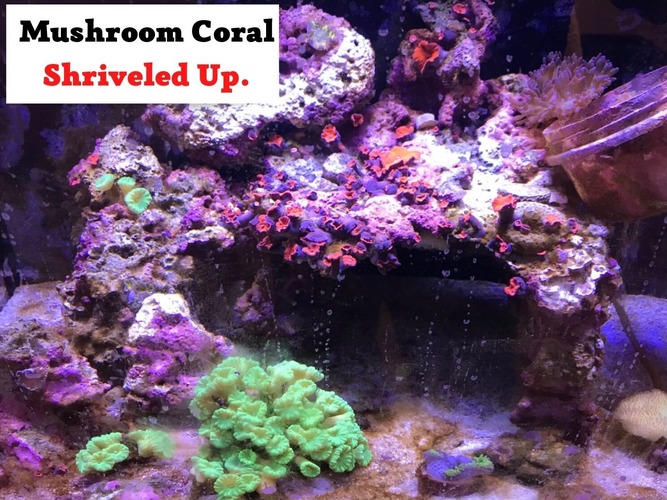
Pleco, the fish with a suckermouth, is a bit unique compared to the normal fish we see around in the fish tanks. Most of the Pleco variety is colorful, resembling different animal skins. Besides, their size varies greatly, making them suitable for nearly every tank size. However, you have to research it beforehand and get a suitable one for your aquarium – a few varieties might demand aquariums as big as 75 gallons, so not everyone can make each of these species a pet.
If you are serious about having them as your pets, you should know their habitat, pH, and other important details. We’ll help you in getting all this information in this article, specifically covering:
- Right pH levels for your plecos
- Impact of high pH levels
- Impact of low pH levels
- Other important things to consider
- Habitat
- Compatibility
- Food
Water pH levels for your plecos

The plecos are most suitable in soft water with a low pH in the natural habitat. But because of the high commercial production of plecos, the suitable pH range is 7-8. This means you have to maintain a slightly basic environment for your fish to grow.
But in case you get hands on the wild plecos, then do not forget to maintain the pH level in the 5.5-7 range. They are not used to high pH levels, so exposing them to any such environment can harm them significantly.
Impact of high pH
If your plecos are exposed to high pH levels mistakenly, it can destroy the protective mucus layer on your plecos. This protective layer is important for protection against infection and bacteria. When it is destroyed, there are significant chances that your Pleco will catch an illness that can deteriorate its health and shorten its life too.
Besides, the ammonia present in the environment might become toxic because of high pH levels, creating breathing problems for your plecos and the other fish in the tank.
Exposure to prolonged periods of highly alkaline water can even destroy their fins and make their overall look ragged. The plecos cannot survive in such an environment for a longer time.
Moreover, with the high pH level, the absorbency level of minerals for the fish in the water also changes. They are less likely to absorb minerals, and all of them will precipitate out, lowering the water quality.
Impact of low pH levels
If the pH level in your aquarium is low or acidic, then it can be a problem for your plecos too. It can influence the production of more mucous by the fish because of higher toxins. The presence of extra toxins in the water can also lead to lethal secondary infections in your fish.
Lack of proper oxygen and difficulty breathing are the other problems you might face because of low pH levels. Such a condition will put your fish at higher stress levels, which can be a significant problem for your pet.
Moreover, exposure to an acidic environment can also result in thickening gills and the skin. Such a change impacts the functioning of these body parts, too, resulting in survival problems. The eye is another organ that can be seriously harmed due to acidic pH levels. Your fish can lose its sight and develop many more complications, leading to death.
Other things you should know

Here is some more information regarding your plecos, which can help you understand your fish better. Read through it to know everything before you make this species your pet.
Nocturnal fish
Plecos are nocturnal fish. You’ll see the most active when the other creatures are calm. Besides, they like spending their time in hiding or hanging at the sides of the aquarium. So, it is better to include caves, logs, and other elements to provide a secure environment for this particular fish type.
But that does not mean that you will not be able to see your plecos during the day. While living in the aquarium, they can adapt to the environment and become a bit more social, especially during the feeding times, so you can enjoy playing with them as well.
Algae Eaters
The suckermouth fish can help you take control of the algae in your aquarium. They are known as algae eaters, so no matter what type of algae you are dealing with, the plecos can be a part of your permanent cleaning crew.
The other name they are famous for is the “janitor fish” because they feed on scavengers. So, it is not only algae cleansing for which you can rely on them; instead, it is anything that your aquarium needs cleaning from. A helpful choice, isn’t it?
But make sure you research a bit about the eating habits of your plecos before buying as not all plecos are algae eaters, some feed on wood while others are carnivores. So make sure to select the right ones for your aquarium.
Fish food
You cannot simply let your fish rely on the algae. You need to provide a variety of high-quality food to your plecos. Apart from diet rotation, disc food must also be provided to your fish at night once or twice a week. Such a food regimen will make your fish healthy, and you’ll maintain a powerful cleaning crew for your aquarium.
Good defense mechanism
Your Plecos have an excellent built-in defense mechanism against predators. They can change the position of their spines and plates, thus increasing the survival chance when attacked by a predator. However, when exposed to larger fish, they are usually the ones at a loss.
Not friendly with plants
One of the problems you can face while keeping them in your tank is that they are not plant-friendly. They’ll uproot your plants and eat their leaves etc. It is better to include deep-rooted plants like anubias when you want to have plecos in your aquarium.
Friendly with other fish
While this species is considered unfriendly to the plants, you can consider it compatible with all other aquarium fish—however, the size matters. With larger fish in the tank, your plecos will be at the risk of being prey. However, they are not dangerous to smaller fish.
You might observe the aggressive behavior when the tank environment isn’t suitable for them. They can push each other and be part of territorial disputes as well.
Temperature
These fish aren’t a cold water species. You have to maintain the temperature in the range of 74° and 80° F. You might have to ensure heating the water if the room temperature is below this range. But depending upon the variety of plecos you want in your tank, it might differ, so researching the specific species is essential.
Breeding
If you want to breed plecos at the commercial level or just want to increase the plecos population in your own tank, you have to put in a lot of effort. The eggs require proper care to hatch. Once hatched, a high protein diet (frozen and live food) is essential to make the new plecos grow into adult fish.
Summing up
Plecos are the fish with multiple benefits for your aquarium. If you provide them with the proper pH levels and ideally manage the other water parameters, they can help you eliminate the algae and other extra elements from your tank. You can use the optimal parameters discussed above to create a perfect environment for your plecos where they can live healthily while providing you with all the benefits.
- Pleco Not Eating. Main Reasons Your Pleco Is Starving - February 21, 2022
- Foxface Fish Sting: Any Danger? And What To Do To Relieve Pain? - February 20, 2022
- White Stuff Coming Out Of Snail – Dangerous? Should You Worry About It? - February 19, 2022




